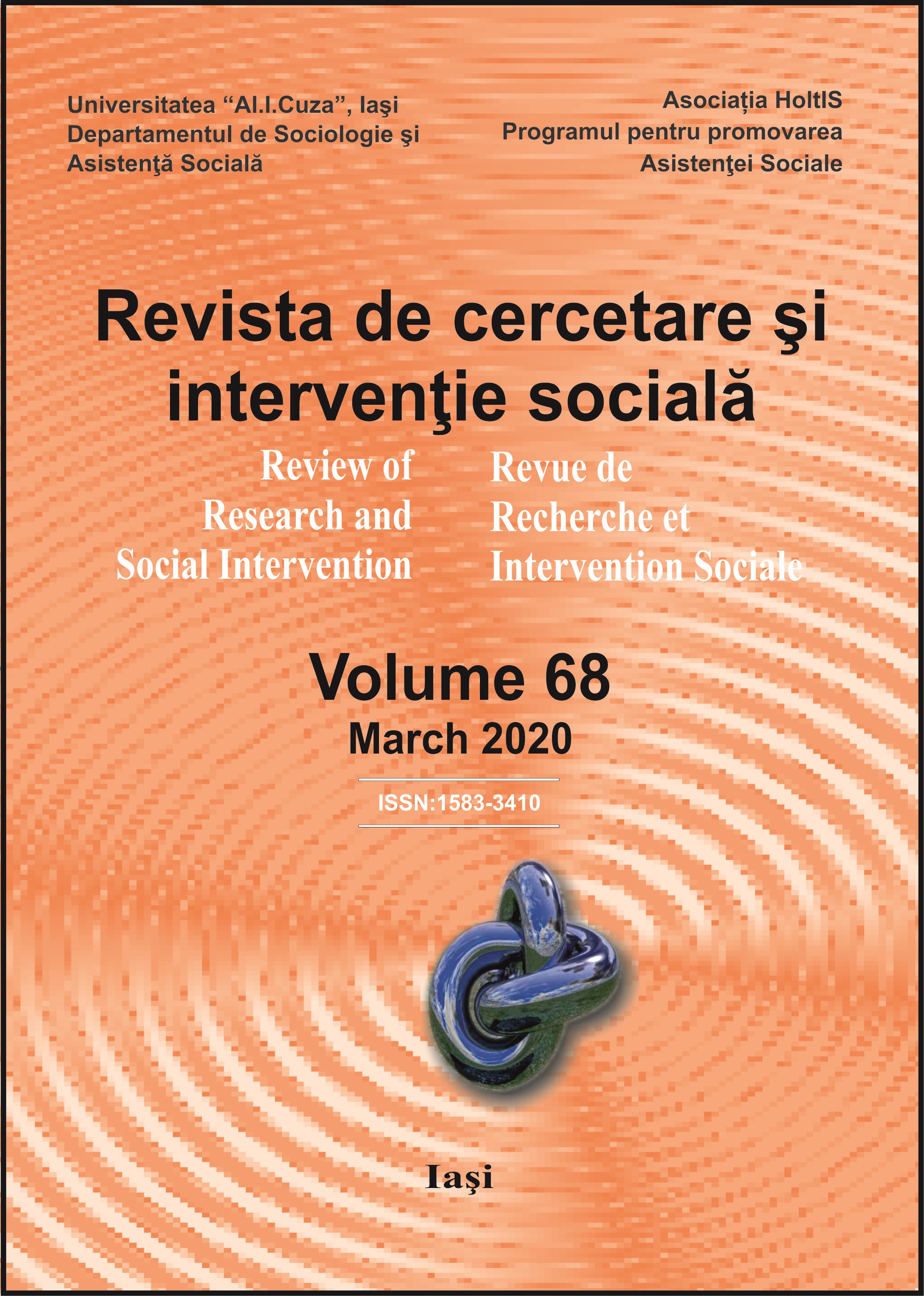Quality of Life in Moderate-Severe OSA Patients from North-Eastern Romania
Quality of Life in Moderate-Severe OSA Patients from North-Eastern Romania
Author(s): Ioana Madalina Zota, Radu Andy SASCAU, Cristian STATESCU, Daniela Boisteanu, Mihai Roca, Maria Magdalena LEON CONSTANTIN, Teodor Flaviu VASILCU, Radu Sebastian GAVRIL, Larisa Anghel, Ovidiu MITU, Victor Costan, Carmen Marinela CUMPAT, Florin MituSubject(s): Social Sciences, Sociology, Health and medicine and law
Published by: Expert Projects Publishing
Keywords: obstructive sleep apnea;, CPAP; quality of life; EQ-5D-5L; Epworth Sleepiness Scale; social status; social life;
Summary/Abstract: Obstructive sleep apnea (OSA) is the most common type of sleep disordered breathing, with a significant impact on health-related quality of life (HR-QoL). Continuous positive airway pressure (CPAP) is the gold-standard treatment for moderate-severe OSA, but is associated with poor patient compliance (due to financial issues and frequent side effects). The purpose of this study is to evaluate HR-QoL among patients with moderate-severe OSA from North-Eastern Romania, at baseline and after 2 months of CPAP. 75 patients were initially included in our study but only 59 subjects returned for a second evaluation. HR-QoL was assessed using the European Quality of Life 5 Domain questionnaire (EQ-5D-5L). OSA has a significant impact on quality of life in our group, with an average EQ-5D-5L index of 0.70±0.27 and an EQ-5D-5L Visual Analogue Scale (VAS) of 63.71±17.74%. Short-term CPAP use was associated with a statistically significant improvement in Epworth Sleepiness Scale (Δ = 4.44, p <0.0000001), EQ-5D-5L index (Δ = 0.1, p=0.0008) and EQ-5D-5L VAS (Δ = 9.38%, p=0.00002). All patients with a high income (> 4000 lei/month) decided to continue using the device, while the decision not to continue CPAP was significantly more frequent among patients with a low income (< 1000 lei /month - 52.63% versus 21.21%, p=0.01). Our results suggest that income level significantly influences CPAP compliance.
Journal: Revista de Cercetare şi Intervenţie Socială
- Issue Year: 2020
- Issue No: 68
- Page Range: 250-260
- Page Count: 11
- Language: English

